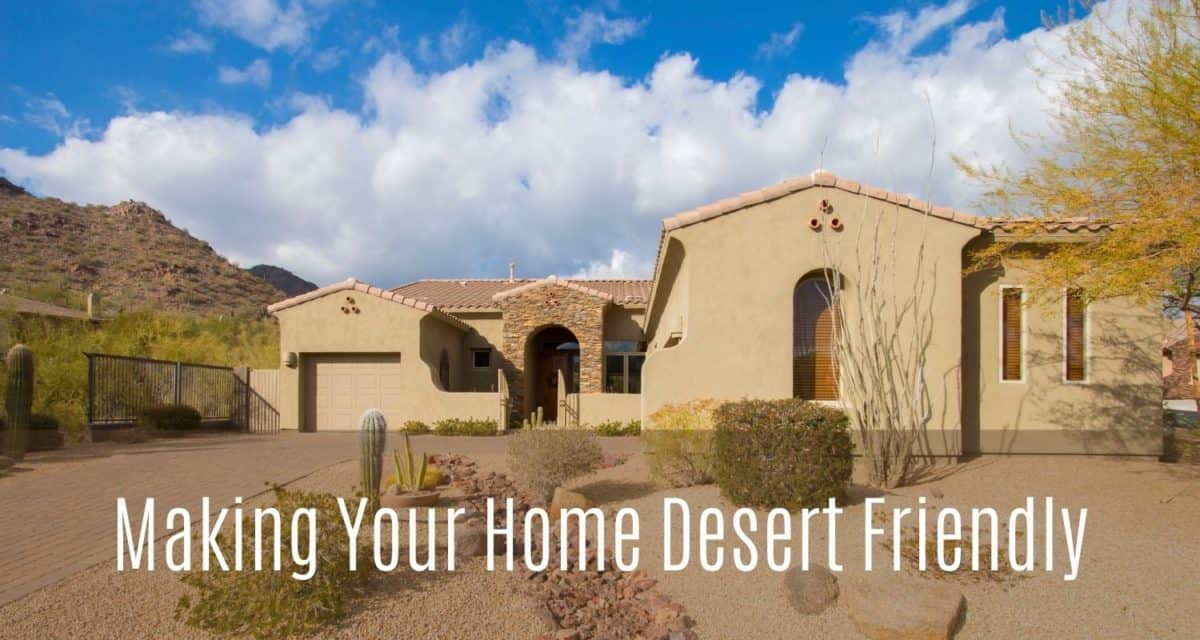- Making the Most of Your Patio with Stylish and Functional Shade Solutions - February 16, 2025
- How Shade Screens Can Help Reduce Cooling Costs with SRP Rebates - February 5, 2025
- The Health Benefits of Using Sunshades - January 26, 2025
Living in the Sonoran Desert is a unique experience. Only other desert dwellers can understand the extreme heat and extreme beauty of sweeping landscapes, and mountains always looming in view. If you are considering building a new home in the desert or just want to upgrade yours to make it more desert friendly there are some things to consider. Number one is the heat. The Sonoran is a hot desert with summer air temperatures averaging 100°F, and often reaching as high as 118°F. That’s hot enough to cook an egg on a blacktop, but it’s important to remember to work with your environment, rather than against it. Here are a few tips to help beat the heat, and even save some money in the process too.
The Importance of Insulation
When it comes to living in the desert, planning for the extreme heat is the number one concern. Humans are amazingly adaptive and able to enjoy life in almost every climate on the globe – but we like to be comfortable too. The material your home is built with is going to make a big impact on how comfortable you feel even on the hottest days of the year. To keep the inside of your home cool insulation can make a big difference. Make sure your insulation is up to date and effective. You may also want to focus on energy-efficient doors and windows that block UV rays from heating the inside of the house and taking a toll on your air conditioning bill.
Go Solar
One thing we don’t have a shortage of is the sun out here. If you live in the desert there comes a time of year when most of us rely on the AC more than it seems, anything else! You are going to use a lot of energy, so why not use what we already have a lot of to your advantage. Solar panels can collect power from the sun and transform it into the energy you need to run your lights, your appliances, and your air conditioner whenever you need it. Solar panels will pay for themselves quickly in just a few hot seasons and take some pressure off the use of fossil fuels as well.
Choose Exterior Colors Wisely
Darker colors absorb more heat from the sun’s rays. You may love that dark shade of blue for the exterior of your home, but it won’t serve you well at the height of the summer sun. A darker object will absorb more photons than a lighter object of the same color, so it will absorb more heat and get warmer. White is always a good option but if you are not a fan, look to the desert for inspiration. Most common desert colors such as earth tones like light brown, orange, and gray will fit right in with your surroundings and keep your home cooler too.
Building with Placement in Mind
If you are building a new home then it is important to pay attention to how the sun will shine on your property. The morning sun is generally cooler and collects heat at the height of the day around noon. By the time you are absorbing the afternoon sun, while it may not be as hot, it’s been heating up the entire day, creating excruciating temperatures.
If you’re looking for clever ways to keep the inside of your home cool, consider where you place it on your lot. Homes facing north or south are generally more efficient for mitigating the sun during the hottest times of the day. For properties that favor east or west, consider building most of your windows away from the setting and rising sun to help reduce the heat absorbed into your home.
Invest in CC Sunscreens
It’s a great time of year to invest in CC sunscreens. Choosing to install sunscreens on your windows can lower your energy bill, by keeping your home on average 15 degrees cooler. Sunscreen blocks the harmful UV rays of the sun which can damage and discolor your furniture and belongings inside as well as reduce the solar heat on your home by 80% to 90% before it even hits your window. To add style and value to your home contact us today for a free consultation.

